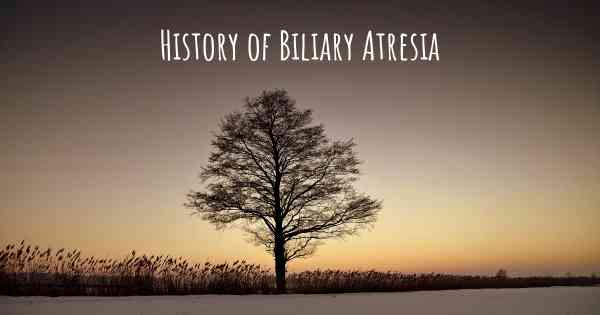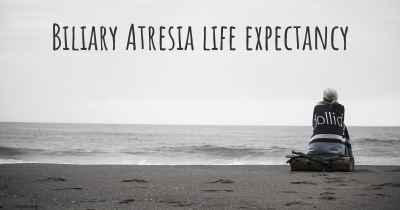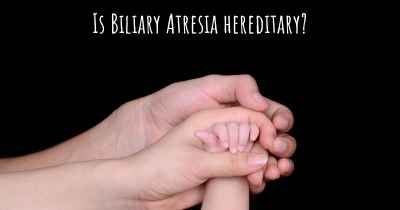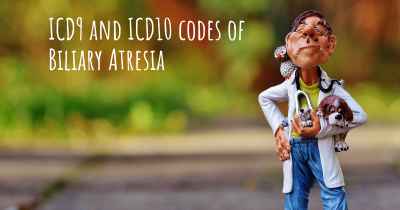What is the history of Biliary Atresia?
When was Biliary Atresia discovered? What is the story of this discovery? Was it coincidence or not?

Biliary atresia is a rare and life-threatening liver disease that primarily affects infants. It is characterized by the absence or underdevelopment of the bile ducts, which are responsible for carrying bile from the liver to the gallbladder and small intestine. Without proper bile flow, the liver becomes damaged, leading to liver failure if left untreated. The history of biliary atresia is intertwined with the advancements in medical knowledge and surgical techniques that have improved the diagnosis and treatment of this condition.
The first documented case of biliary atresia dates back to the late 19th century. In 1889, French physician Georges-Antoine Louis described a case of an infant with jaundice and pale stools, which are common symptoms of biliary atresia. However, it wasn't until the mid-20th century that significant progress was made in understanding and managing this condition.
In the 1950s, Dr. Morio Kasai, a Japanese surgeon, made a groundbreaking contribution to the treatment of biliary atresia. He developed a surgical procedure known as the Kasai procedure or hepatoportoenterostomy. This procedure involves removing the damaged bile ducts and creating a new pathway for bile drainage by connecting the liver directly to the small intestine. The Kasai procedure became the standard treatment for biliary atresia and has significantly improved the prognosis for affected infants.
Over the following decades, researchers and medical professionals focused on refining the diagnosis and management of biliary atresia. Diagnostic techniques such as liver biopsies, ultrasound imaging, and liver function tests were developed to aid in the early detection of the condition. Early diagnosis is crucial for timely intervention and improved outcomes.
Advancements in liver transplantation have also played a significant role in the history of biliary atresia. In cases where the Kasai procedure is unsuccessful or if liver failure occurs, a liver transplant may be the only option. The first successful liver transplant in a biliary atresia patient was performed in 1967 by Dr. Thomas Starzl in the United States. Since then, liver transplantation has become a viable treatment option for infants with end-stage liver disease caused by biliary atresia.
As medical knowledge and technology continued to advance, researchers began to explore the underlying causes of biliary atresia. While the exact cause remains unknown, several theories have been proposed, including viral infections, genetic factors, and autoimmune reactions. Ongoing research aims to unravel the complex mechanisms involved in the development of this condition, which may lead to improved prevention and treatment strategies in the future.
Today, early diagnosis and prompt intervention remain crucial for improving the outcomes of infants with biliary atresia. The Kasai procedure, liver transplantation, and supportive care have significantly increased the survival rates for affected infants. However, challenges still exist, such as the limited availability of donor organs and the potential for complications after surgery.
In conclusion, the history of biliary atresia is marked by significant milestones in surgical techniques, diagnostic tools, and treatment options. The contributions of pioneers like Dr. Morio Kasai and Dr. Thomas Starzl have revolutionized the management of this condition. Ongoing research continues to shed light on the underlying causes and potential preventive measures. With continued advancements in medical science, the prognosis for infants with biliary atresia continues to improve, offering hope for a better future.








